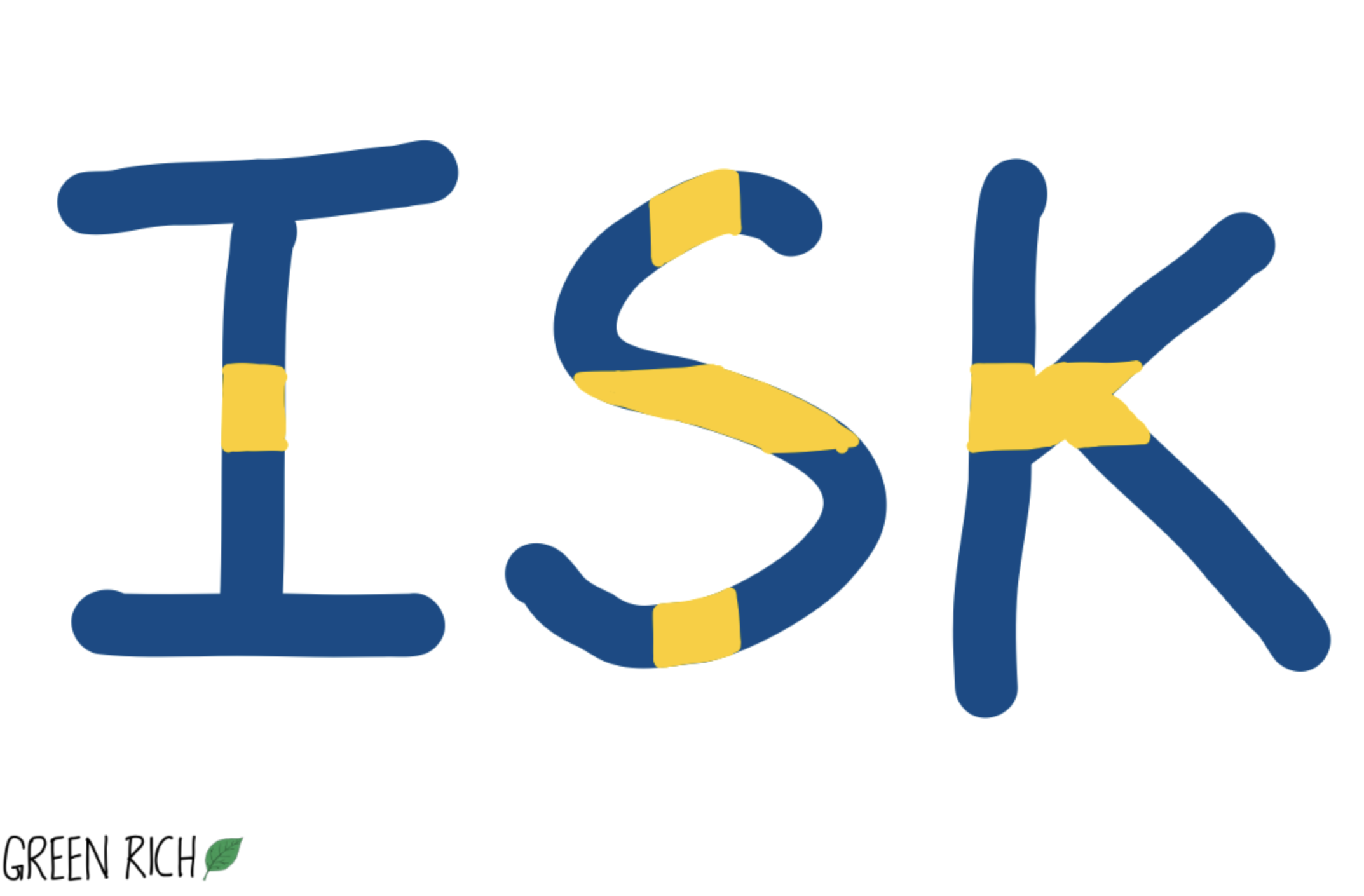Everything you need to know about ISK account - Part 1/2

If you want to start investing in the stock market in Sweden and looking forward to opening your first investment account, then this blog post is for you. This is going to be a series of blog posts where you will be informed about the various investment account types that are available in Sweden, to enable you to make the best choice possible. If I try to make things simple and quick, by choosing an ISK (Investeringssparkonto) or a KF (Kapitalförsäkring) account, the needs of most people will be met.
There are two places where you can open up your investment account. You can open an investment account with traditional banks such as Swedbank, SEB, Nordea, etc. Or, you can open your investment account with a stock broker such as Avanza or Nordnet. When you try to open up an account with either of these options you are offered three account types that you can pick:
- ISK account
- KF account
- AF account
We are going to focus on the ISK account in this blog post. If you want to learn more about the other two account types. Read this article here.
The ISK account is an investment account type available to a private individual where the investments are taxed on a flat rate. This means rather than paying tax on your gains you as an investor pay a flat rate calculated based on the total investments in the account. Sounds interesting?! Now, let us see how this tax calculation works.
The tax for an ISK account is calculated in the following way
Tax is calculated annually based on each quarter in the year. At the beginning of each quarter (January, April, July, and October), the value of the assets, deposits, and transfers of securities will be added up, and then multiplied by the government loan rate for the previous year plus one percentage point. This value is then taxed by 30%.
Simply put. These are the steps you need to follow to check how the tax on your ISK account is calculated:
- Get the total value of your ISK account at the beginning of all 4 quarters = Sum of (Invested + free cash) at the beginning of Jan, Apr, Jul, and Oct.
- Determine the Capital Base = One-quarter, of the total value of the asset in your ISK + Deposits during the year + Transfer of securities to the ISK during the year.
- Find the government loan rate (the standard income) = Capital Base x (Government borrowing rate of 30 Nov for the previous year + 1%).
- Calculate the yearly tax rate = Standard income multiplied by the tax rate of 30%.
If the government borrowing rate on 30 Nov for the previous year + 1%, is lower than 1.25%. The standard income is automatically set to 1.25% of the capital base.
An Example:
For the sake of simplicity of calculations let us assume that you have an account balance of 50,000 Kr at the beginning of January 2023 and you make a contribution of 1000 Kr every month.
In this case, your account balances at the beginning of each quarter would be; Q1 = 50,000 kr, Q2 = 54,000 kr, Q3 = 58,000 kr, and Q4 = 62,000 kr.
- Step 1: Total value of your account at all 4 quarters = 50,000 + 54,000 + 58,000 + 62,000 = 224,000 kr.
- Step 2: Determine the capital base for that year = 224,000/4 = 56,000 kr.
- Step 3: Calculate the standard income = 56,000 x (1.94+1)% = 1646.40 kr.
- Step 4: Tax for the year 2022 = 1646.40 x 30% = 494 kr.
Advantages of an ISK
- No specific tax on profits- you as an investor can buy and sell as much as you want, without having to pay profit tax on sales.
- Lower overall tax.
- Tax-free dividend if withdrawal is made before the end of the quarter.
- No setup costs.
- Easier tax returns - you as an investor do not have to keep track of your buying and selling activities. The calculation is made by the Swedish tax department automatically.
- Depending on which company you create your ISK account with you may be covered by both a deposit guarantee and investor protection. Do check this one.
Downsides of an ISK
- One needs to pay tax on an ISK even if the returns for that year are negative or zero.
- Unused money in an ISK account will also be taxed.
- Only individuals and not companies, who have a Swedish personnummer (Social security number) are eligible to open an ISK account.
- An ISK account cannot be shared between two individuals.
- Only limited to shares and funds.
Further reading
- To learn the differences between ISK vs AF vs KF account go here.
- Further information about ISK account Statslåneräntan (2024) is here.
If you need advice on any topics or need clarifications. You can write to me at mailtoiangreen@gmail.com